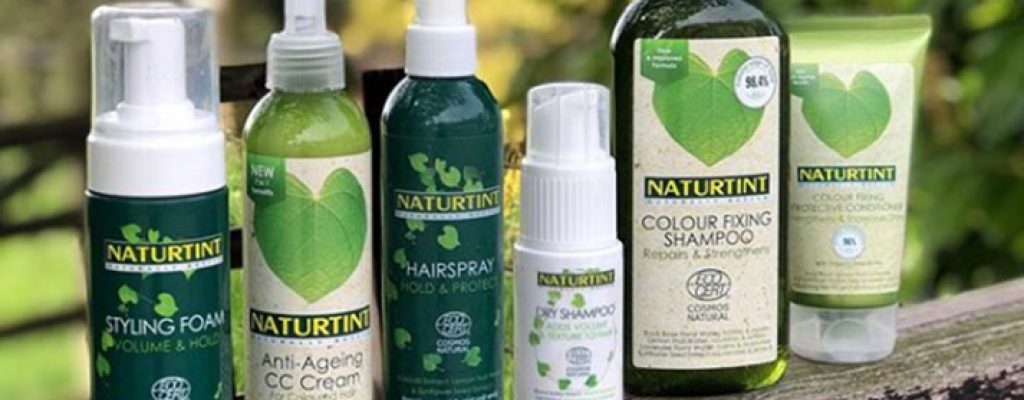Allergy & Safety Advice
How to use naturtint hair colours safely
Do you need to test before colouring your hair? The answer is yes.
We want all Naturtint customers to enjoy using the range safely and effectively. Anyone can be sensitive to a whole manner of ingredients – both natural and synthetic – and allergies can develop at any time. For this reason, it is very important that you read the instruction leaflet carefully and fully before use and perform your own skin sensitivity test every time you colour your hair.
While you are doing the skin sensitivity test, it is also a good idea to carry out a colour strand test at the same time, particularly if you are using the range for the first time or trying a new shade. Your final colour result will be affected by the colour, thickness and overall condition of your hair, so the colour on the box might to always match the final result!

SKIN SENSITIVITY TEST
For each and every use, a skin sensitivity test must be carried out before colouring your hair, as any cosmetic product can cause an unexpected allergic reaction. The test should be conducted 48 hours before colouring your hair – even if you are a regular user of hair dyes. If your scalp is irritated, or you have damaged or broken skin, do not complete the skin sensitivity test and do not colour your hair until your scalp is fully healed. Be aware that even if a sensitivity test has been carried out you may still experience an allergic reaction when you colour your hair. The sensitivity test is an important precaution but it is not a guarantee to avoid future allergic reactions.
HOW TO PERFORM A SKIN SENSITIVITY TEST
1. Remove any earrings. Cleanse a small area (1-2cm) of skin behind your ear and on your inner elbow and dry.
2. Put on the gloves provided and carefully unscrew the caps from the Colourant & the Colour Developer bottles.
3. In a plastic bowl, using plastic utensils (do not use a metal bowl or metal utensils), mix a small amount of the Colourant & the Colour Developer (in equal measures) until completely blended. Reseal both bottles immediately to preserve the contents ready for full application 48 hours later.
4. Using a cotton bud, apply the mixture to the cleansed area behind your ear and on your inner elbow and allow it to dry.
5. Apply 2 more layers, each time allowing the areas to dry in-between.
6. Leave the test mixture on the skin for at least 48 hours without washing, covering or touching the test area.
7. If you experience any signs of a reaction, such as swelling, redness, blistering, rash or itching, in or around the test area, you are sensitive to one or more of the ingredients within the formula – RINSE IMMEDIATELY AND DO NOT USE THIS PRODUCT ON YOUR HAIR.
COLOUR STRAND TEST
To ensure you are happy with your Naturtint colour, we advise you to carry out a colour strand test before colouring your hair. This would help you to identify your expected final result and the development time required to achieve it.
HOW TO PERFORM A COLOUR STRAND TEST
1. Use the same mixture you prepared for your skin sensitivity test.
2. Cut a small section of your hair from the root (approximately 3cm wide) and secure the strands of hair at one end with some sticky tape. Wearing the gloves provided, completely cover the test strand with the mixture.
3. a) If using a Naturtint Permanent Hair Colour, rinse the hair clean after 20-30 minutes. In the case of stubborn grey, or to achieve a more intense colour, leave the mixture for a further 5-10 minutes.
3. b) If using a Naturtint Root Retouch Creme Hair Colour, rinse the hair clean after 10 minutes. In the case of stubborn grey, or to achieve a more intense colour, leave the mixture for a further 5-10 minutes.
4. Gently dry the section of hair to reveal your colour result, remembering to take a note of your hairs specific development time.
COLOUR STRAND TEST RESULTS
– If the colour result is too dark reduce the development time for your full colouring process.
– If the grey coverage is insufficient increase the development time to a maximum of 40 minutes.
– If the colour result is too light, we recommend you choose a darker shade.
The FDA site also suggests reading label carefully and conducting tests before dying the hair. Click here to read the full article.
You may also find our FAQ page is useful.



